We visit schools and festivals or host classes in the UCL teaching labs several times a year for a day of assemblies and activities.
Assemblies
We use the assemblies to explain what viruses are and how we investigate the biology of virus infection. We discuss how viruses spread using props such as hair gel with glitter “snot” and talcum powder "sneezes". We show how influenza re-assorts using bags of coloured tubes and demonstrate the principle of herd immunity with baseball cap 'vaccinations' and a football 'virus'. The children like the discussions of small pathogens versus large pathogens. We ask “How big do you think the biggest pathogen is that can fit inside your body?” - Turns out it’s 10m long! Doctors removed a 10m tapeworm from Sally Mae Wallace in September 1991. We often end the talk by showing parasitic worm samples. Popular questions are: “where’s its face?” and “can you eat it?”. It is all great fun but our aim is to convey serious scientific messages including the importance of viral transmission, the mechanisms of immune evasion and vaccine protection and the role of evolution in shaping host range and the virus-host interaction. We also try to demonstrate the importance of evidence based decision making and convey our enthusiasm and the excitement of effective discovery science
Activities
The activities we run are designed to give children the sense of being a scientist. They wear lab coats and other personal protection equipment and use microscopes to look at samples such as blood smear slides or the cells we work with and how cells look when they are infected with Green Fluorescent Protein encoding viruses. They take part in various activities including precipitating DNA, having a go at cell culture and serial dilutions (water and red food dye) and designing their own pathogen using plasticine. Sheets describing how to run these activities are available to download below.
You can view our discussion slideshow 'What is Science?' by downloading at the link below. We also recommend the Cells Alive website.
To see pictures from the many school visits we have hosted over the last 8 years, visit our Public Engagement Gallery.
Outbreak!
A recient addition to our activity portfolio is 'Outbreak!'. This was designed by Dr Lucy Thorne as part of her public engagement activities in Sierra Leone.
The students form teams of infectious disease scientists who must race to control a mystery outbreak of disease. The outbreak starts in their school and develops throughout the session, with continuous news flashes as it spreads nationwide. As infectious disease scientists, the children must perform a series of laboratory tests to discover which pathogen is causing the outbreak. They must make decisions about test interpretation to be confident in their discovery. Finally, they hold a press conference to inform the media of their findings and explain how they will use their new knowledge to advise the public and emergency services how to control the outbreak. Our aim is to give the children a taste of the excitement of discovery science, the scientific process of interpreting results and the challenges of deciding when and how to share news of infectious disease outbreaks to inform and educate the public and direct the response. Depending on the age group, the activity can include extra levels of decision-making around the cost of the investigations and response, a feature highly relevant to a resource poor setting and can include false leads that require careful assessment. A key goal is to convey how rigorous clinical testing can yield uncertainty and how uncertainty must be managed, in this case, in a time sensitive way.
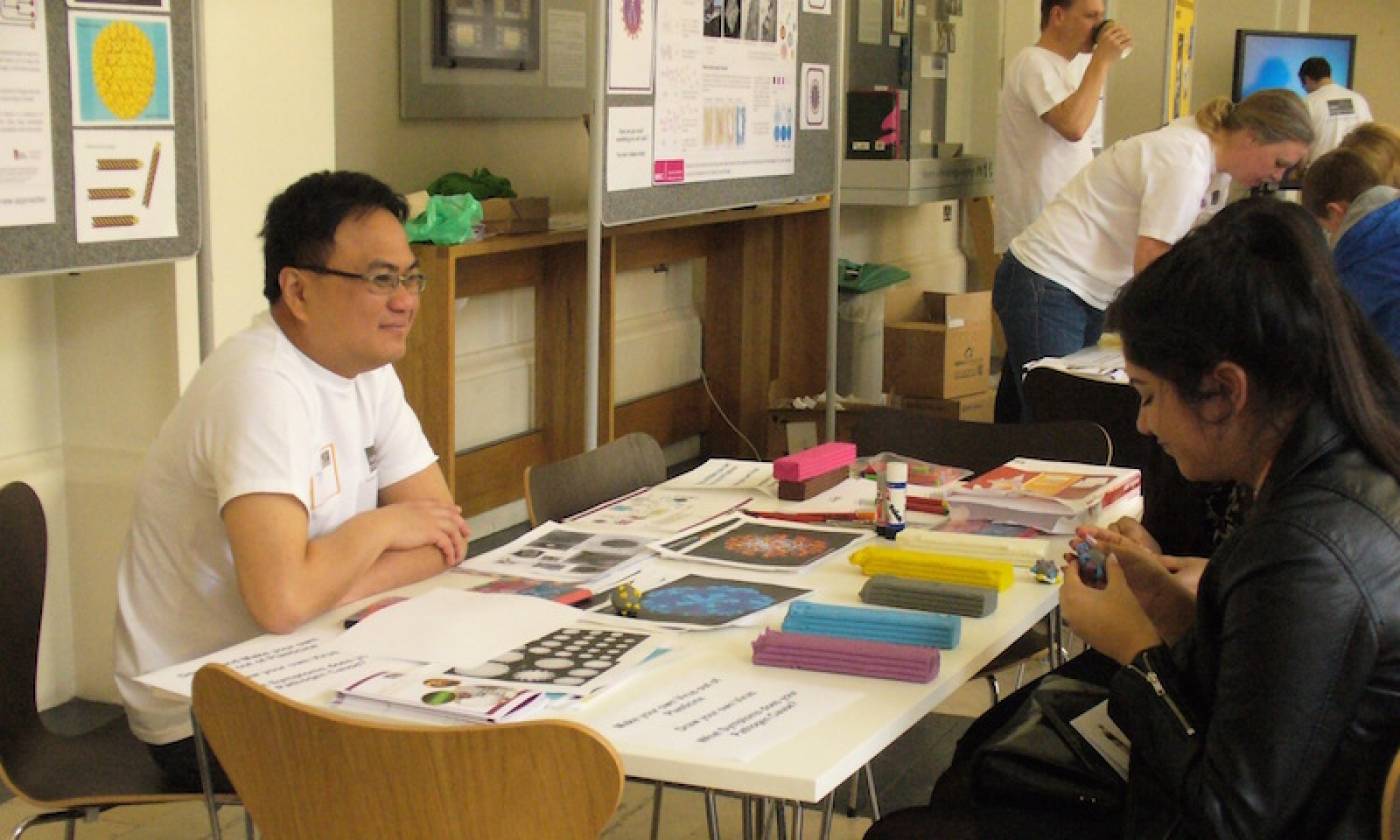
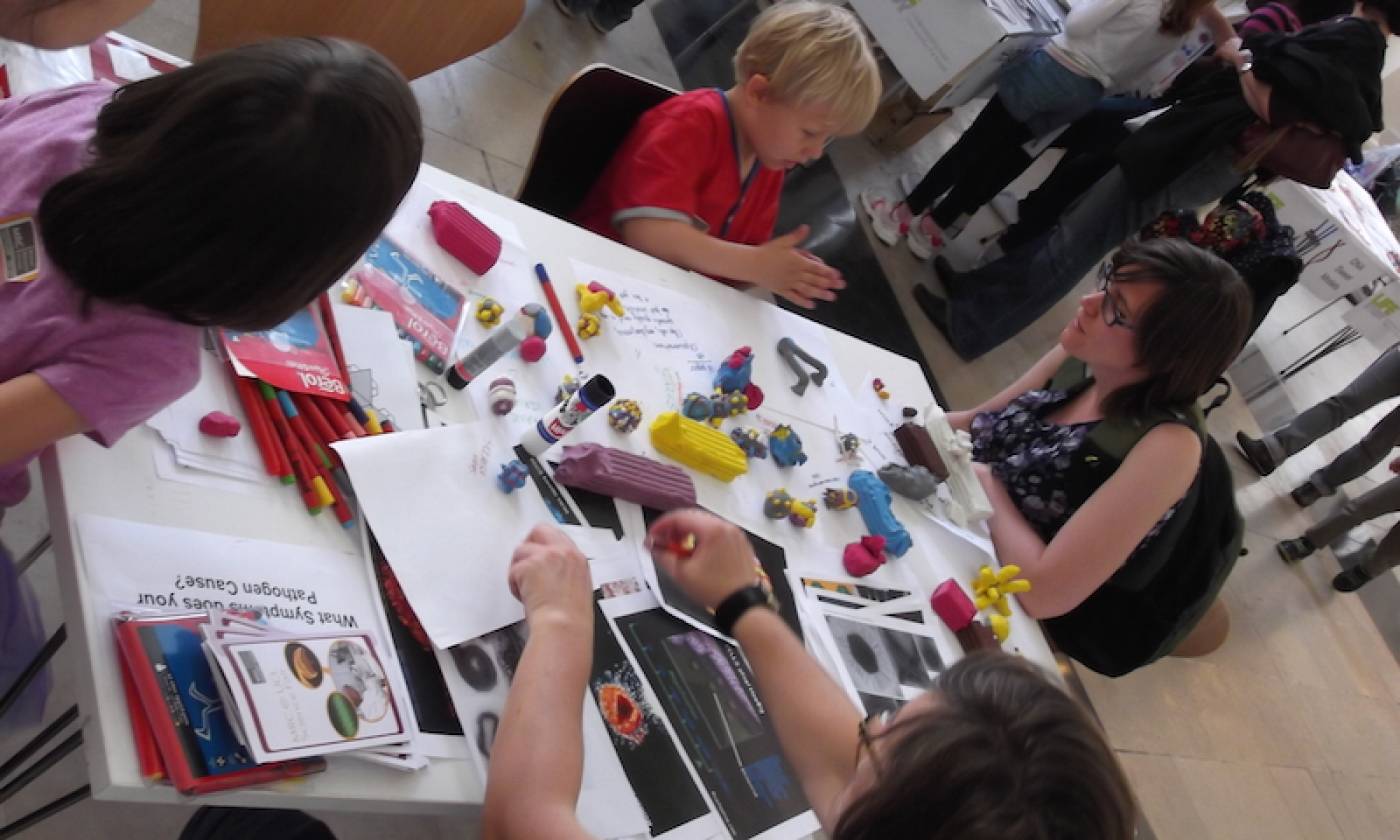
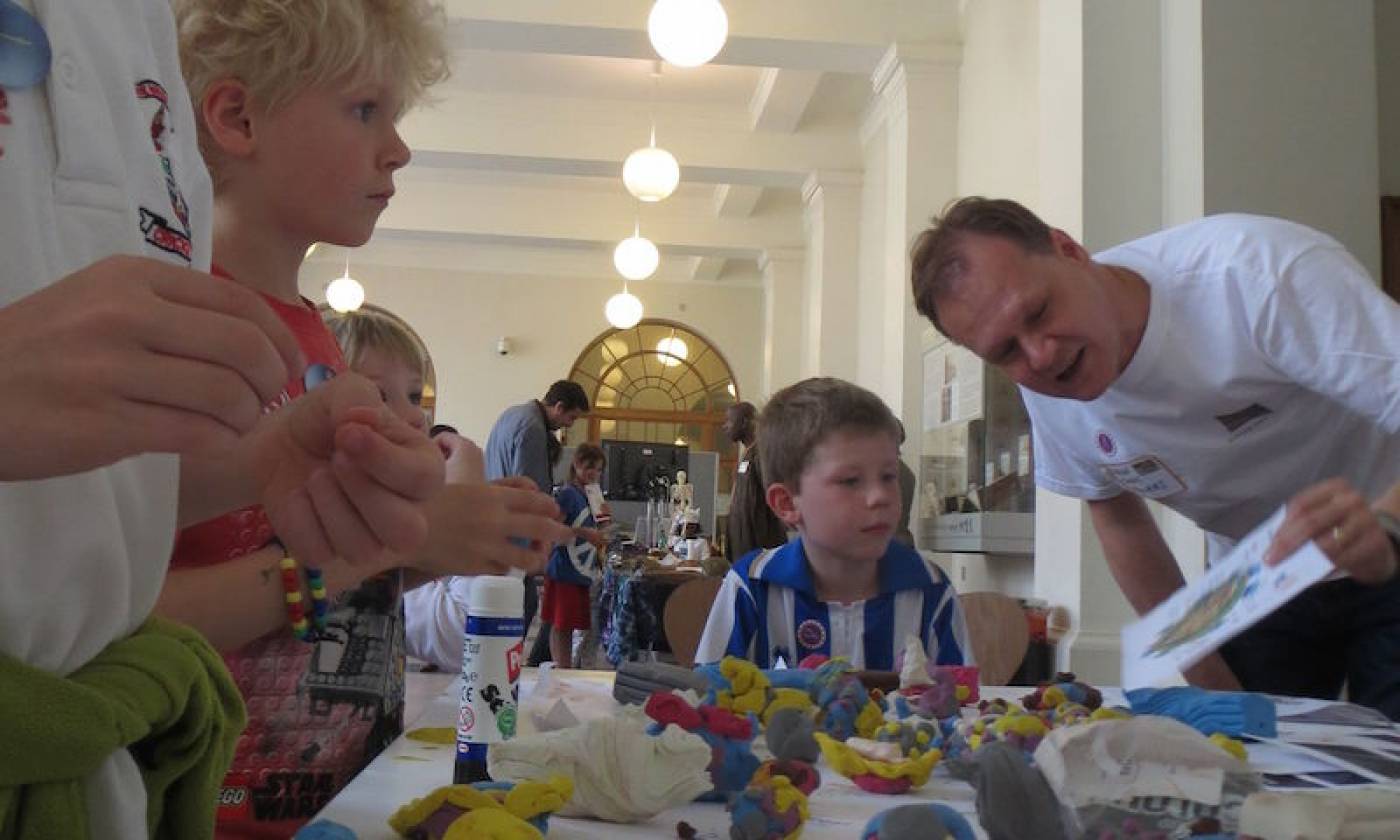
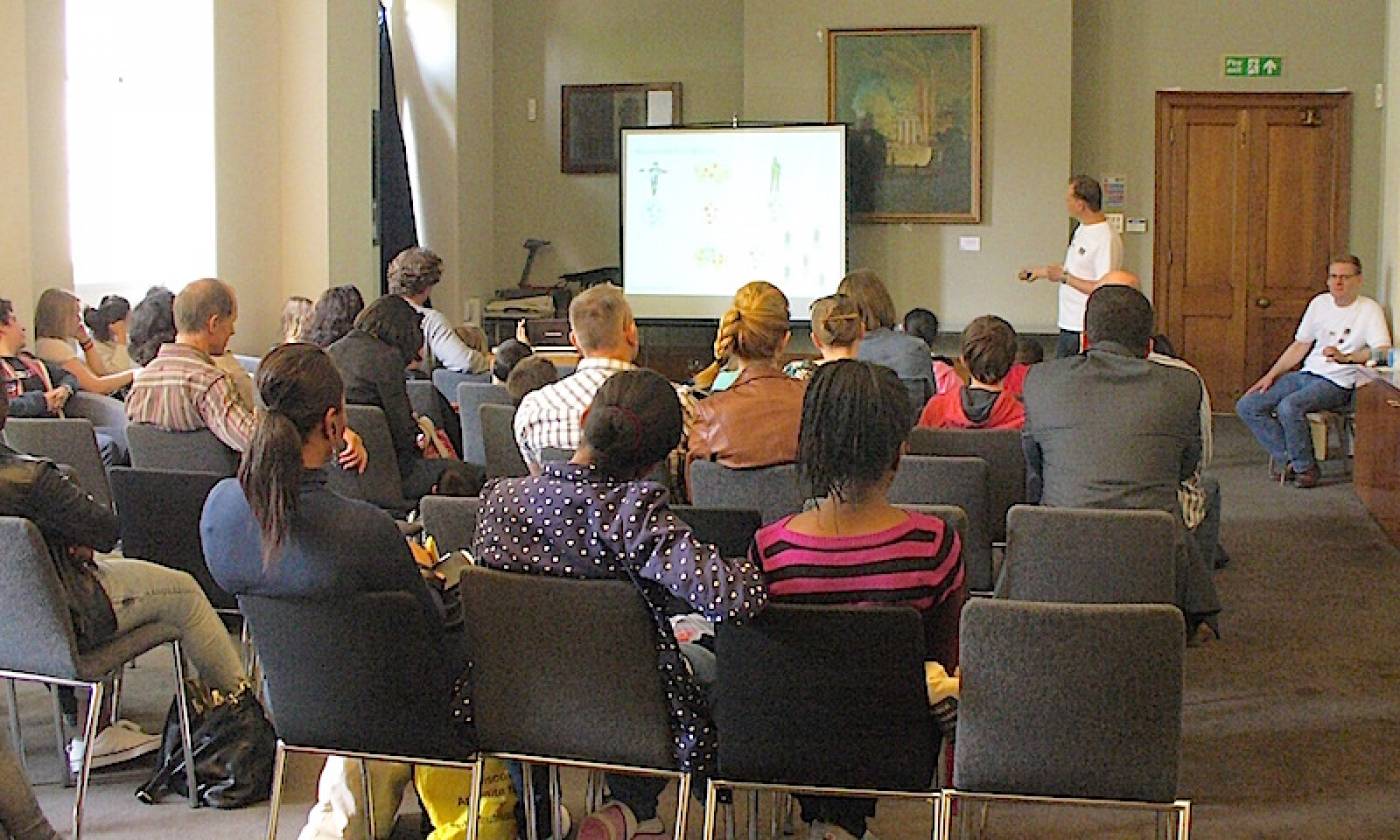
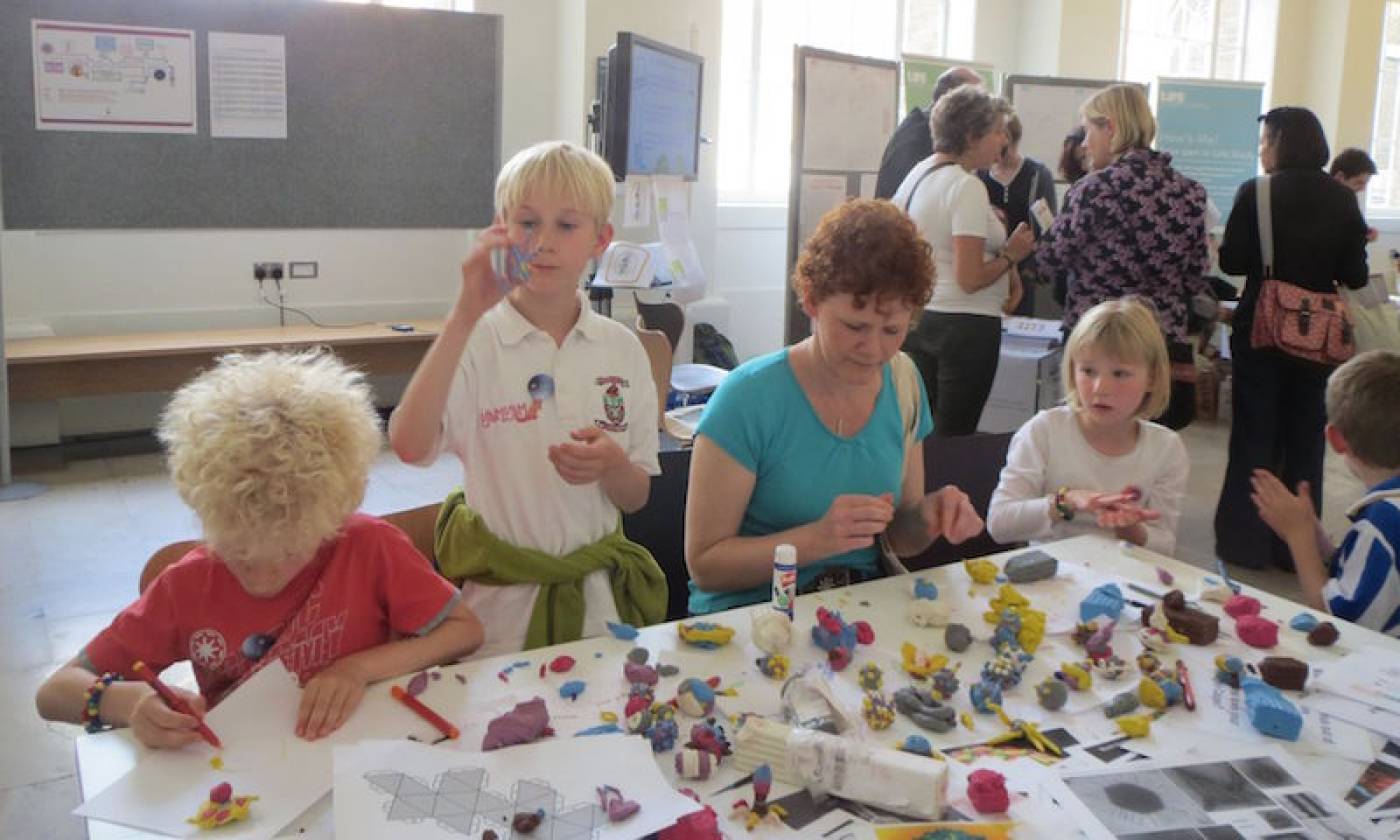
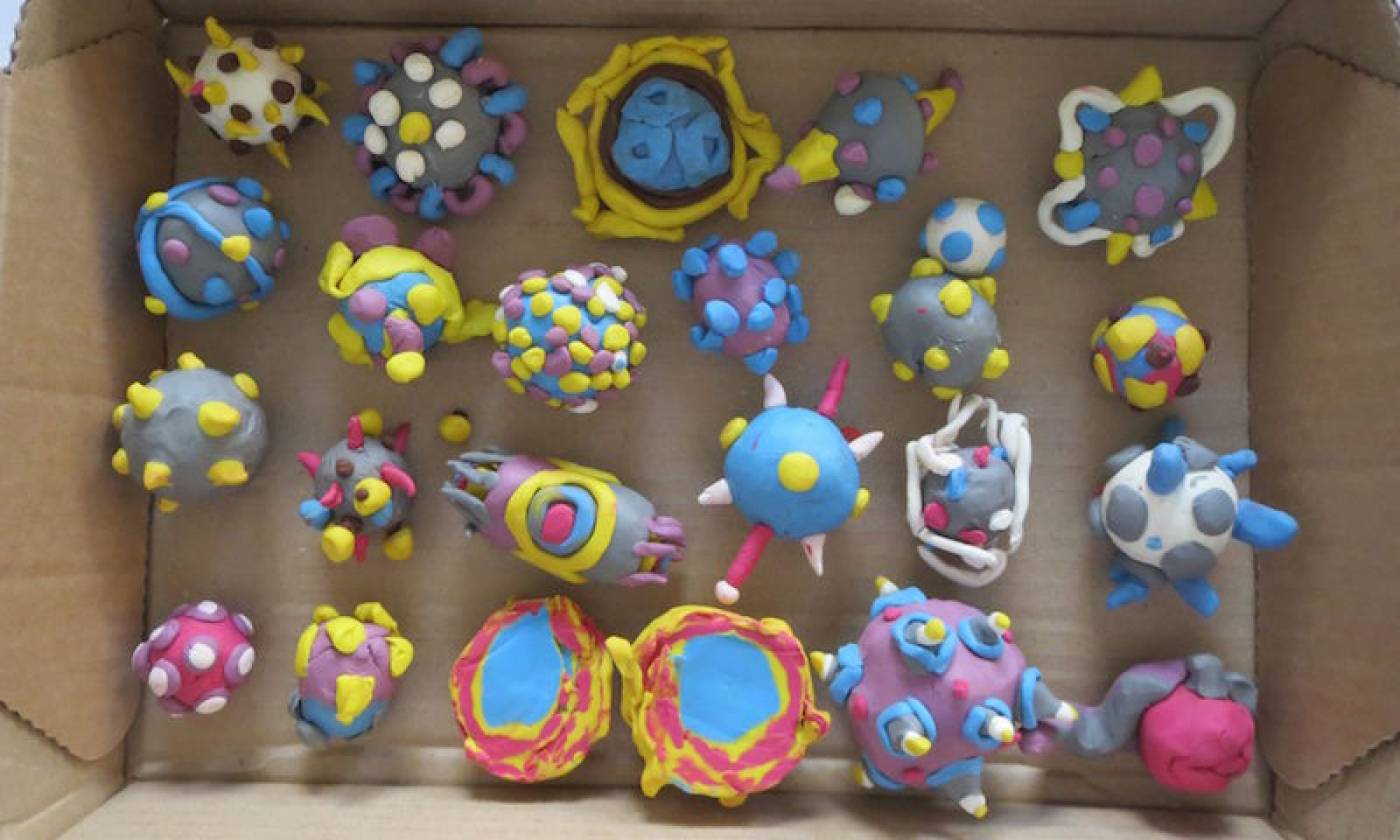
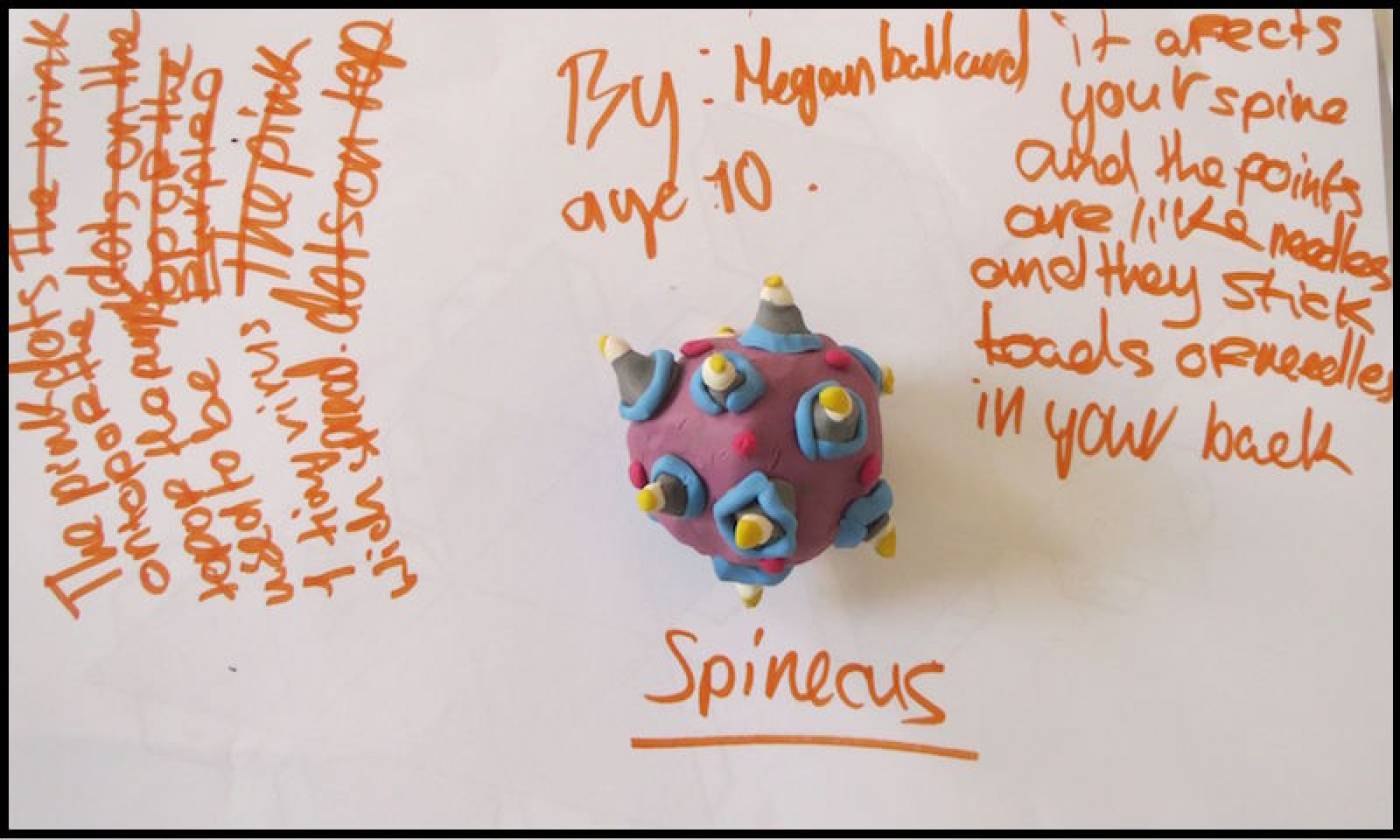
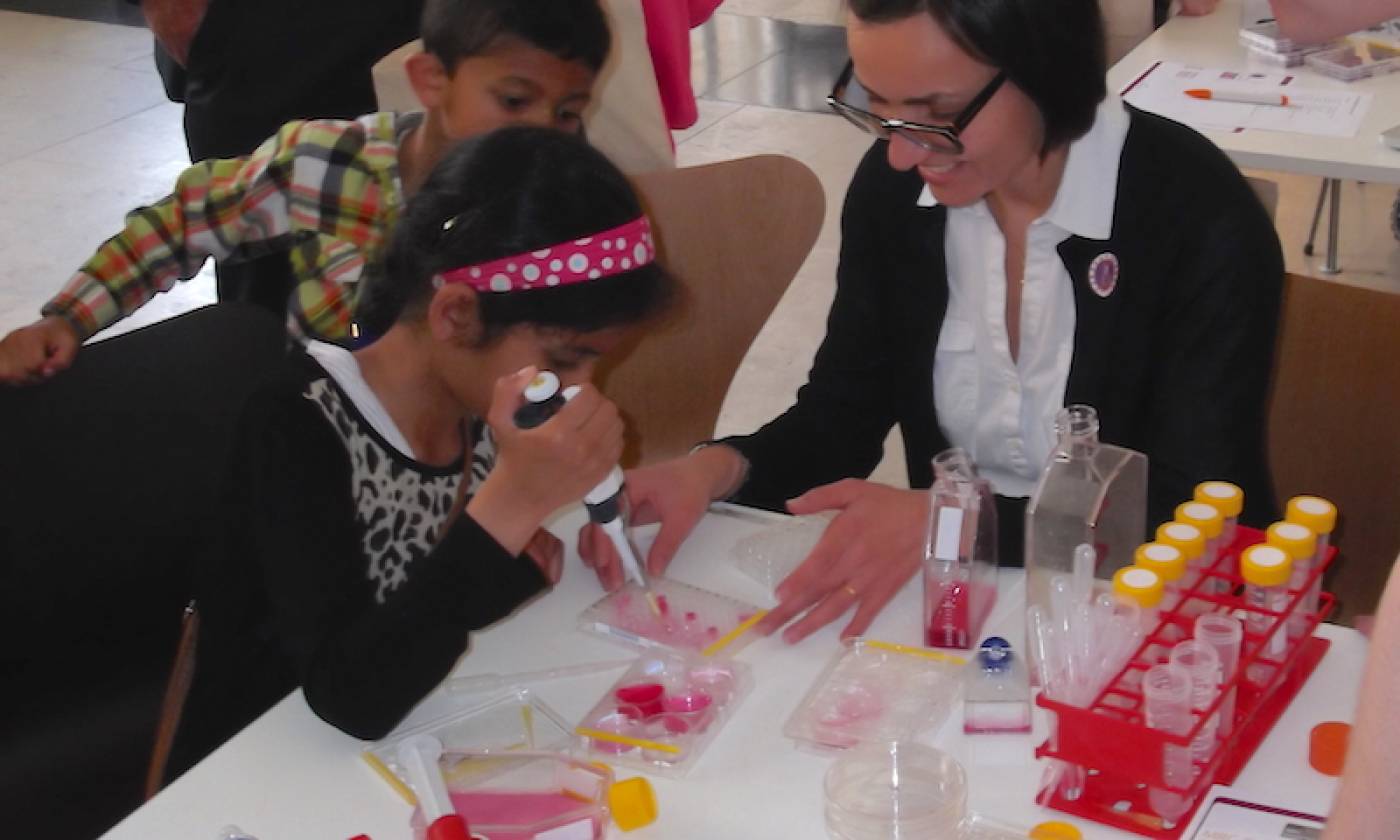
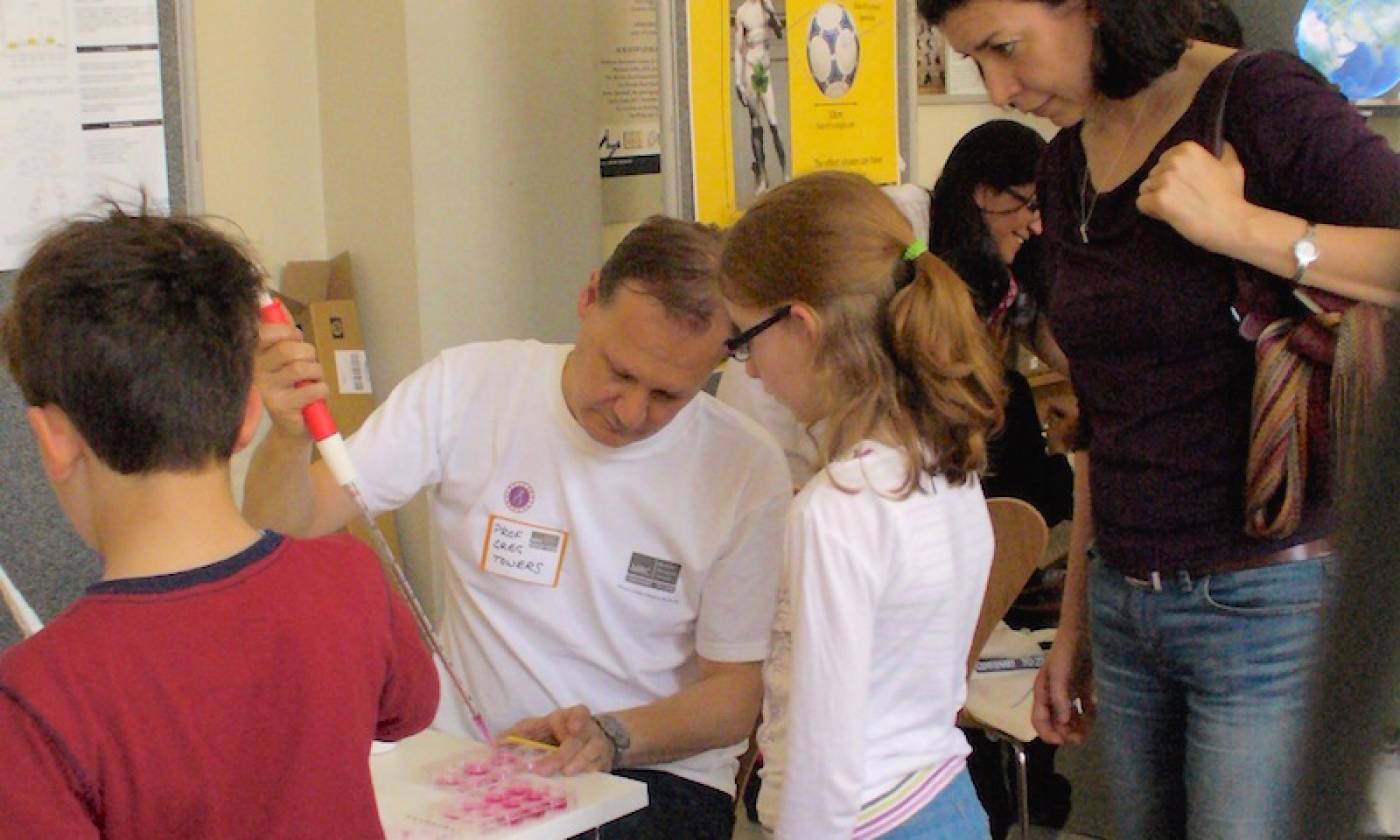
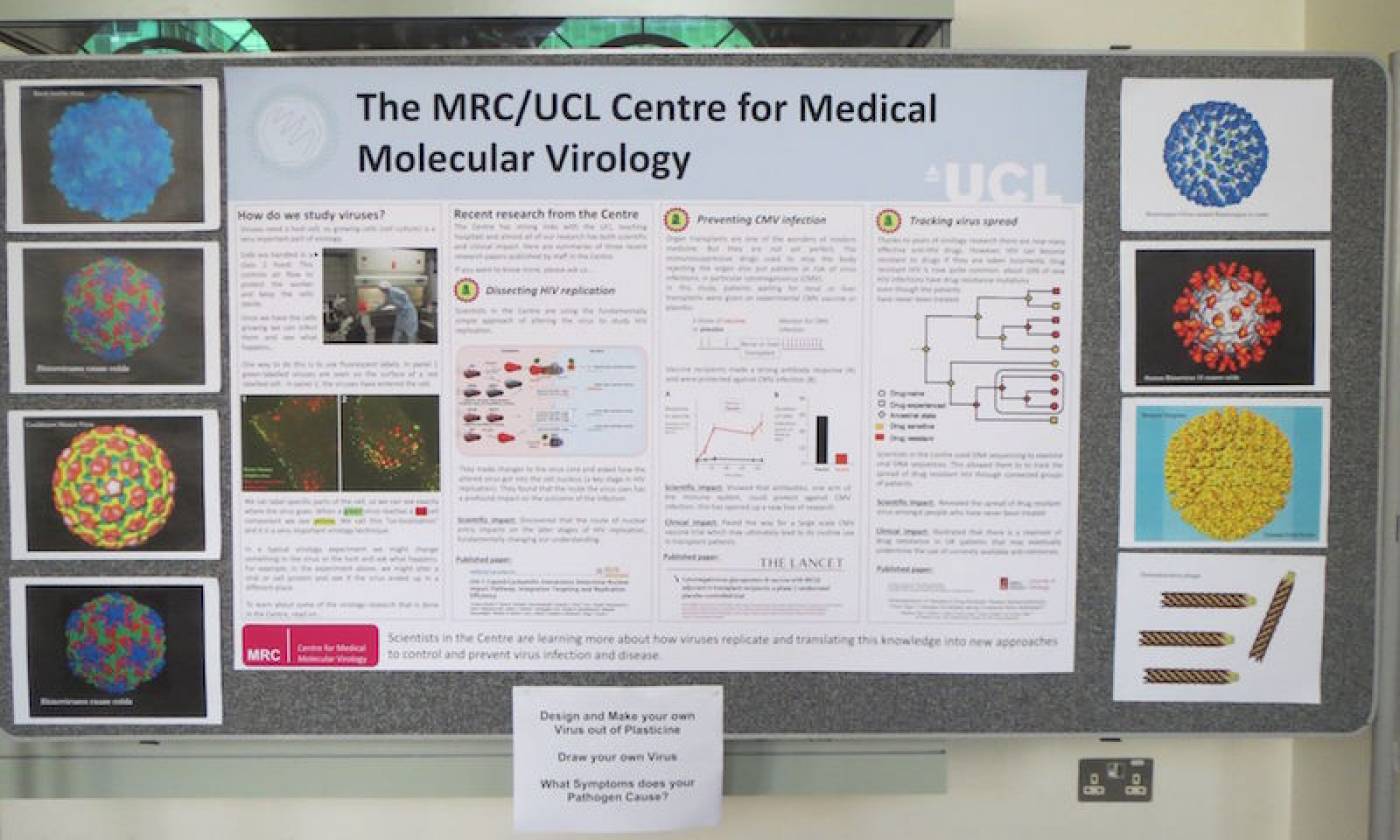
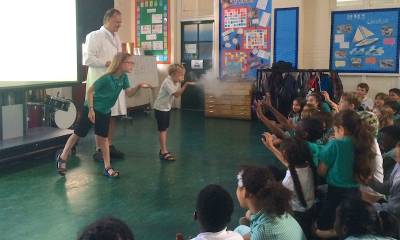
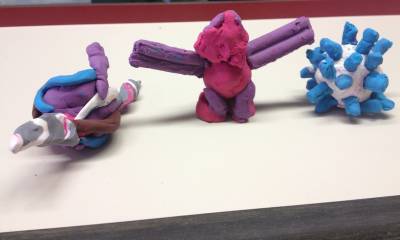
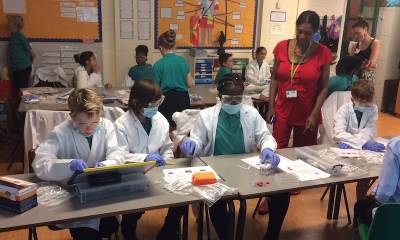
 Close
Close

